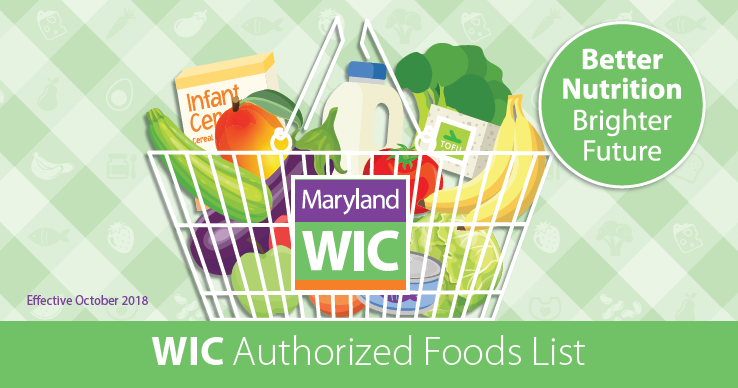

How Does WIC Provide Infant Formula?Īlthough WIC recognizes and promotes breastfeeding as the optimal source of nutrition for infants, it provides iron-fortified infant formula for women who do not fully breastfeed. Understanding the history and structure of WIC’s competitive bidding process for infant formula - as well as the resulting federal savings - can help policymakers ensure that this critical component of WIC’s design remains strong. The program receives approximately $6 billion in annual appropriations.

Since 1997, Congress - on a bipartisan basis - has provided sufficient funding each year for WIC to serve all eligible applicants. WIC aims to ensure that pregnant women get the foods they need to deliver healthy babies and that those babies are well nourished as they grow into toddlers. Infants and very young children can face lifelong cognitive and health consequences if they don’t get adequate nourishment. In the absence of the savings from competitive bidding, WIC either would need a substantially larger appropriation or would serve substantially fewer women, infants, and young children at nutritional risk. These rebates mean that WIC obtains infant formula at a large discount, generating $1.3 billion to $2 billion a year in savings that allows WIC to serve 2 million more participants each year with its federal funding. Infant formula manufacturers provide substantial discounts, in the form of rebates, to state WIC programs in return for the exclusive right to provide their products to the state’s WIC participants. WIC is also cost-effective, and its competitive bidding process for purchasing infant formula is essential to its efficiency. Extensive research has documented that WIC is extremely effective: participating in WIC improves low-income families’ nutrition and health, leading to healthier babies, more nutritious diets and better health care for children, and higher academic achievement for students. The Special Supplemental Nutrition Program for Women, Infants, and Children, popularly known as WIC, provides nutritious foods, counseling on healthy eating, breastfeeding support, and health care referrals to nearly 8 million low-income women, infants, and children at nutritional risk.


 0 kommentar(er)
0 kommentar(er)
